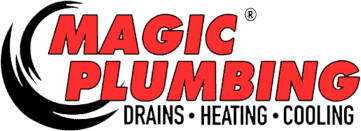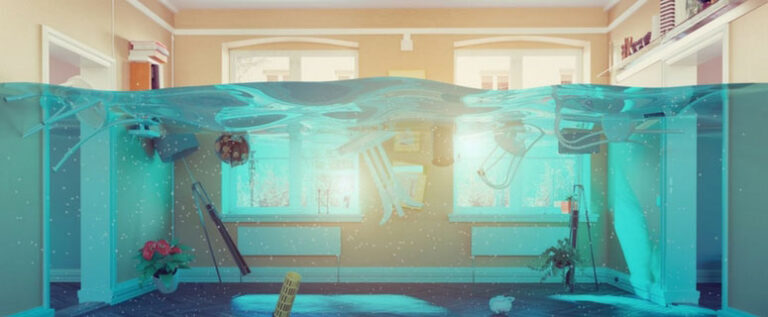Indoor plumbing is such a constant, almost invisible portion of our lives that it’s easy just to take for granted what a technological marvel it is. Cold or hot water on demand. Human waste being quickly disposed of through the act of flushing.
Safe, potable water instantly available for drinking, cleaning or other uses. So what happens when things go wrong? What are your options? We’ll go over some of the more common issues and show you what choices you have available.
The Leaky Fixture
 If you’ve got a drip coming from a tap in the kitchen, or the shower in the bathroom, this is one problem that may not necessarily be an emergency!
If you’ve got a drip coming from a tap in the kitchen, or the shower in the bathroom, this is one problem that may not necessarily be an emergency!
If the drip is really driving you crazy, you can temporarily solve the problem by shutting off water in the home. After that, the leak itself is likely to be small enough in seriousness that you can fix it yourself if you’re willing.
The most common cause of a leaky fixture is just a worn out, easily replaceable part, such as the washer or O-ring. You can swap these parts out yourself. In rarer cases, there may be a break in the actual faucet somewhere that will require a bit more expertise to replace.
Drains That Are Blocked
 With a blocked drain, there’s every chance that you had a warning this was going to happen in the form of the “slow drain.”
With a blocked drain, there’s every chance that you had a warning this was going to happen in the form of the “slow drain.”
When you notice that your bathtub or sink is taking longer than usual for water to drain down, that means that there’s a partial blockage somewhere that is interfering with water flow.
Given enough time, this partial block can turn into a full block where nothing is going down at all. Always try the traditional solutions first, such as a plunger to help clear things. Drain cleaners are another option, but be careful; these are corrosives and may damage very old pipes, or even warp or melt newer plastic pipes! Try mechanical solutions first before resorting to chemical ones.
 The Overflowing Toilet
The Overflowing Toilet
This is just a variation on the blocked pipe, but, unfortunately, with far more unpleasant and potentially dangerous consequences.
Because toilets release sizable amounts of water in a single flush, if there’s a blockage in the sewage drain, that sizable amount being flushed can go right back up the toilet and all over your floor.
Once again, try the traditional solutions first, such as a plunger or even a plumber’s auger/snake. If these don’t work, it’s time for professional help.
A Burst Pipe
 In the world of plumbing emergencies, this, depending on the exact scale of the problem, can be the worst one.
In the world of plumbing emergencies, this, depending on the exact scale of the problem, can be the worst one.
If your water pipe has burst, that means water is leaking out, potentially into your basement or other areas where the water pipes are laid out, resulting in water damage to walls and ceilings surrounding it.
If the burst is in your sewage drain pipe, this means that all the used water—including toilet water, unfortunately—may be seeping into some location in your house.
The type of break you have and its location will determine just how costly and extensive repairs will need to be. If you have a big plumbing emergency in your home in San Francisco, CA, don’t take any chances. A serious issue like a burst pipe needs a quality, professional response, otherwise residents—and even property value—are in jeopardy until the issue is resolved.


